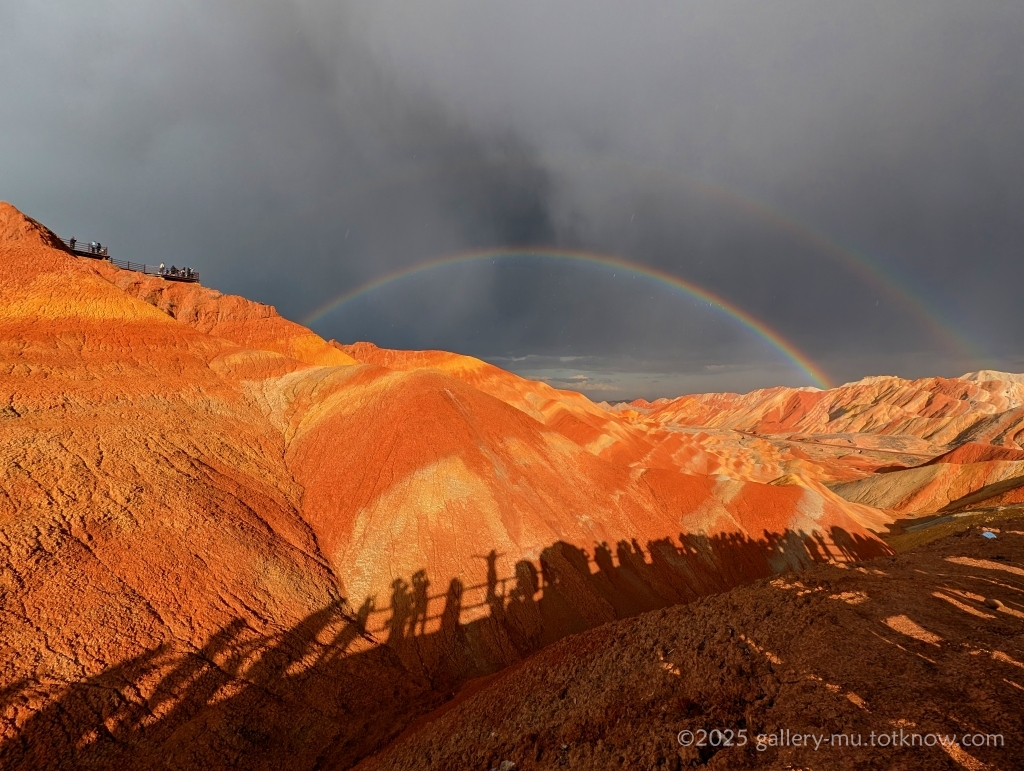#231 A Journey Etched in Ink

| Size: | about 33×24 cm |
|---|---|
| Original text: | “Preface to the Sacred Teaching Inscribed at the Wild Goose Pagoda” Calligraphy by Chu Suiliang Composed in 653 |
What is “Preface to the Sacred Teaching Inscribed at the Wild Goose Pagoda”?
| Title: | 是以窺天鑒地 |
|---|---|
| (imho): | Peeking at the universe and considering the earth by this … |
This inscription was created during the Tang Dynasty and is one of the most famous masterpieces of Chinese calligraphy. It is inscribed on the stone of the Great Goose Pagoda in Xi’an. The inscription in honor of Xuanzang’s achievements was created by the emperors Taizong and Gaozong of the time, and it was written by Chu Suiliang, who wrote it in the clear style.
Before and After the Giant Wild Goose Pagoda
This time, I’ve chosen to present two versions of my rinsho (copying of classic calligraphy) side by side to reflect on how my writing may have changed before and after my trip to China.
During the journey, I visited the Giant Wild Goose Pagoda, where a portion of the lower section of the Yan Ta Sheng Jiao Xu (“Preface to the Sacred Teachings at the Wild Goose Pagoda”) is on display near the entrance.
I cannot say with certainty that what I saw was truly part of the original Yan Ta Sheng Jiao Xu, but I was deeply moved by the presence and subtle energy of the carved lines. There was something in their bearing—a quiet yet powerful impression—that left a lasting mark on me.
When I returned home and resumed my rinsho practice, I felt that the inspiration I had experienced somehow found its way into my brushwork. The texture of the lines and the rhythm of the strokes felt subtly different—something I could sense even as I wrote. This made me realize once again that travel offers not only beautiful scenery, but also fresh perspectives and sensitivities that can transform one’s artistic expression.
One day, I hope to return to the Giant Wild Goose Pagoda, and this time see the Yan Ta Sheng Jiao Xu with certainty and intention.


